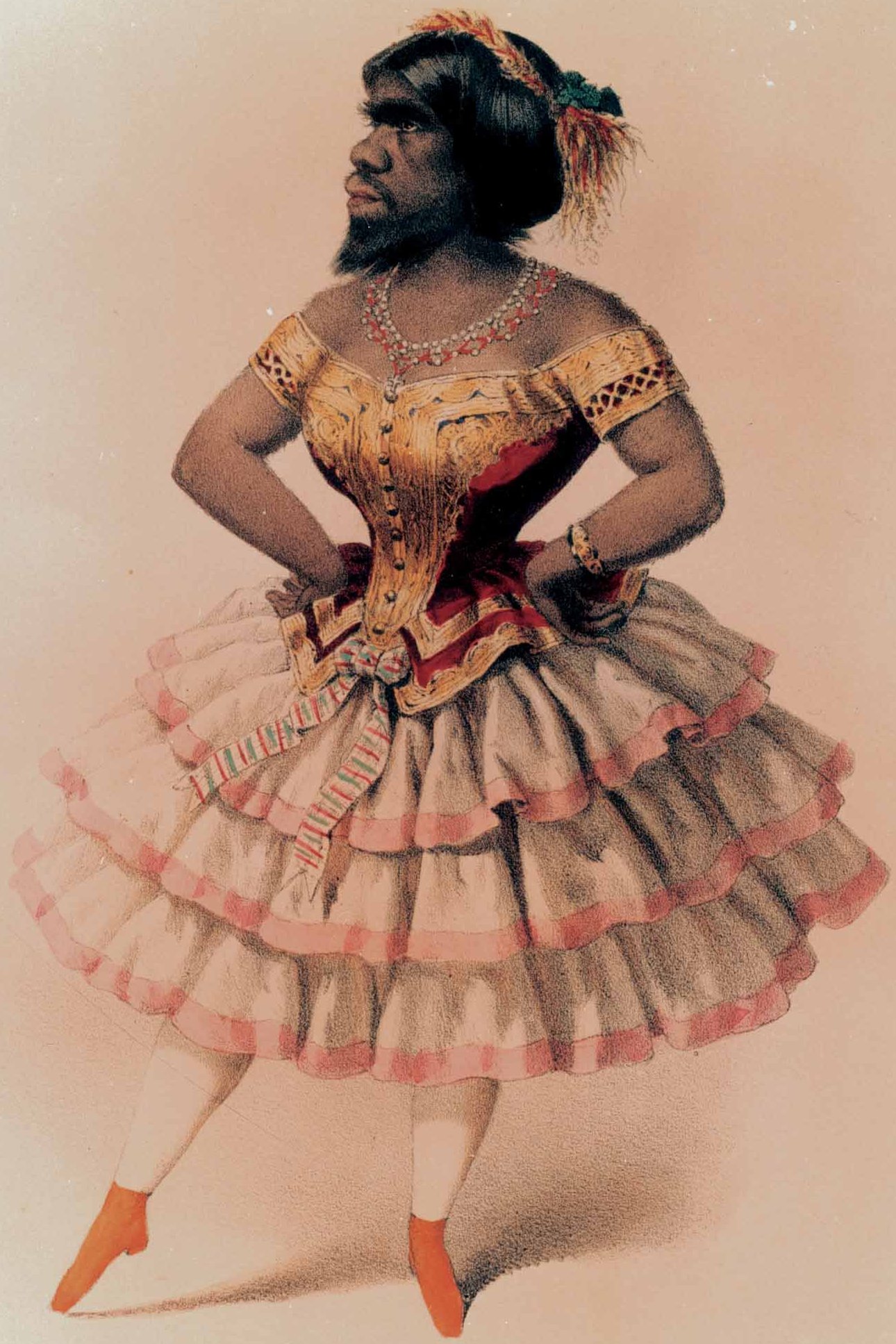The institute agreed to begin the process of transferring Ms. Pastrana to Mexican custody last August.
Last Thursday Ms. Barbata confirmed the identity of Pastrana’s body in Oslo before the coffin was sealed. Ms. Barbata and a University of Oxford forensic anthropologist, Nicholas Márquez-Grant, noticed that Pastrana’s feet still had bolts and metal rods that were used for exhibiting her body. The bolts were removed and placed at the foot of her coffin.
“Her hands were tiny and perfect,” Ms. Barbata said.
Pastrana will be buried on Tuesday in a cemetery in Sinaloa de Leyva, a town near her birthplace. She has become a minor celebrity in the Mexican press. Maria Luisa Miranda Monrreal, the director of the Sinaloa Cultural Institute, held a news conference last week and said the burial marked an end to a cycle “of exploitation.”
Governor Valdez, who has criticized the press for scaring away tourists by focusing on the drug violence in Sinaloa, will attend the service. His letter last year to Norway’s human-remains ethics board appealed for Pastrana’s return out of a “respect for human dignity and a high sense of justice.”
For Ms. Barbata and others who have wished for this moment, Tuesday’s burial will offer a sweet though long-overdue resolution.
“Her story has always had a bad ending,” said Jonathan Fielding, a New York-based actor who directed a production of Mr. Prendergast’s play about Pastrana last year at Amphibian Stage Productions in Fort Worth, where Ms. Culebro is artistic director. “The big difference is that now it has an appropriate ending.”










